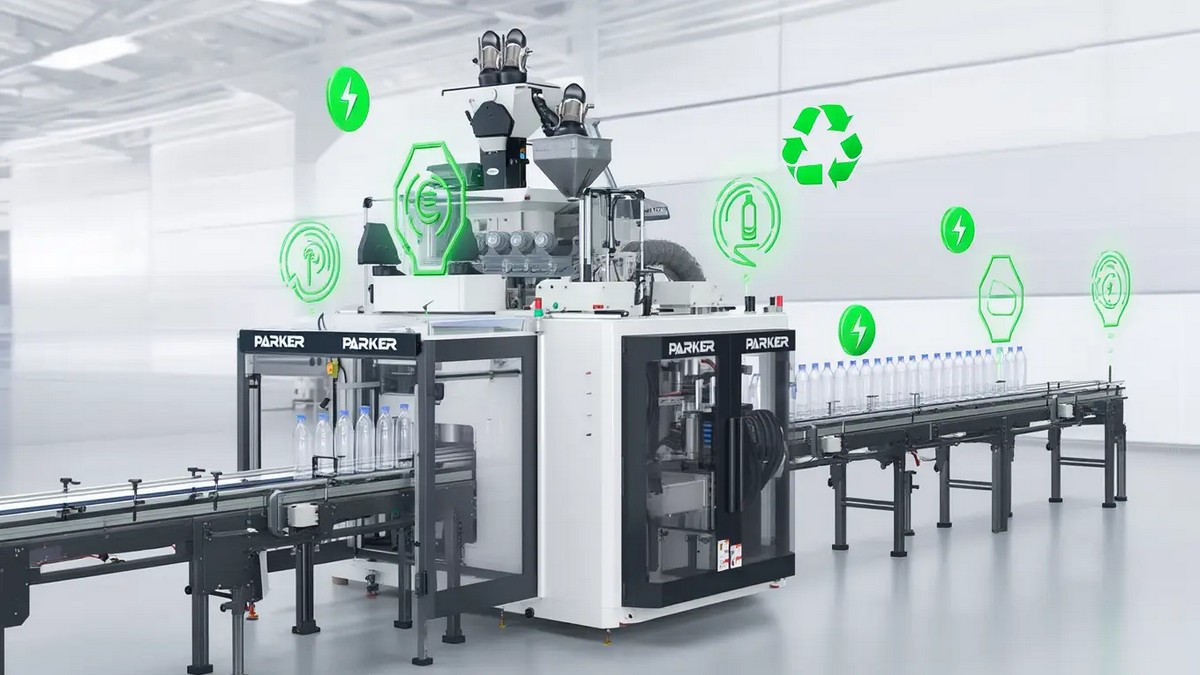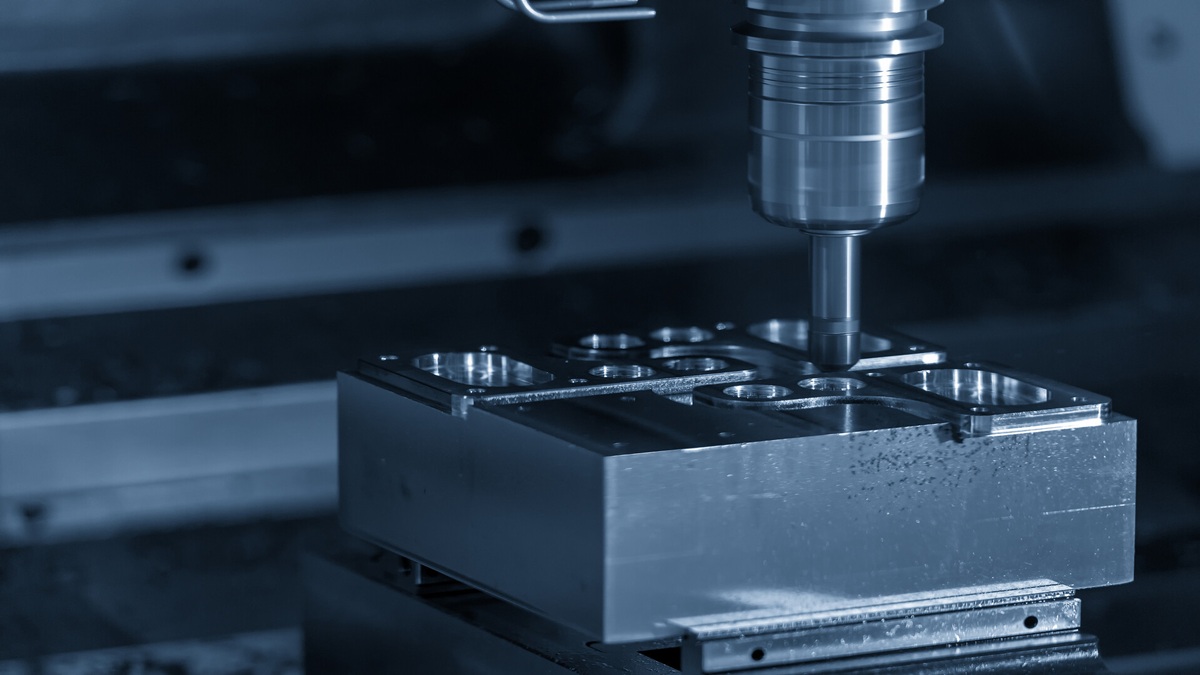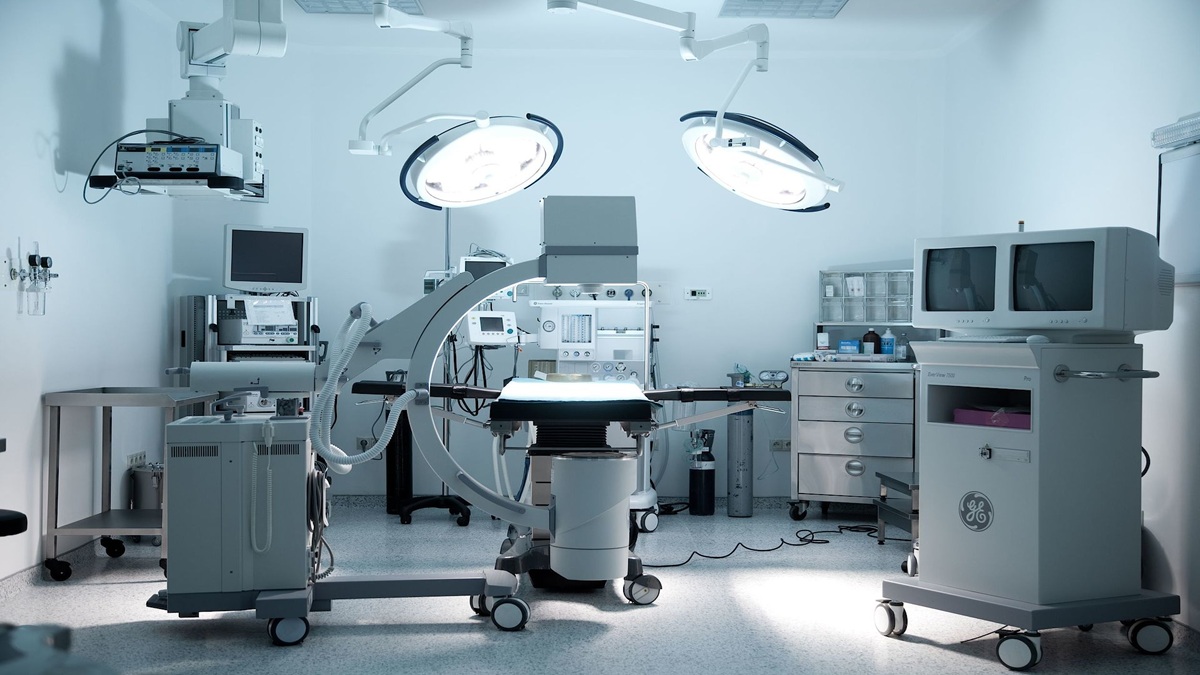A hidden important market in the automotive supply chain is the automotive after market (AM) which is used to satisfy after-sales repairs, inspections, maintenance, replacement, or modification services, and is an important part of the automotive supply chain.
From a global perspective, the three major markets of Europe, China, and the United States account for 70% of total automobile production. The proportion of personal car purchases has grown substantially every year, and some cities even appear to be nearly saturated with cars.
While the performance of automobile production and sales volume is remarkable, another new field is slowly emerging automotive after market (AM), the after-sales service market. It revolves around the various services in the process of car use, such as the replacement, inspection, or modification of car parts, and is full of unlimited business opportunities. Among them, Taiwan's component industry, which has always been known for its "strong mechanical and electronic integration capabilities, good quality, and stable delivery", has a position that cannot be underestimated in the global automotive after market.
How Does the Car Factory Entrust the Production of Its Products to Upstream Manufacturers?
There is a lot of competition from many large automakers in the world. The content of the competition includes car body design, advanced car technology, supply chain design, and cost reduction. The number of automotive components is large and complex. To maintain their competitive position, automakers must reduce production costs and increase the efficiency of R&D and integration. Therefore, most of the automakers now delegate the detailed parts of auto parts to other manufacturers.
Classification of auto component manufacturers:
- Original car manufacturing parts: original factory commissioned to design and manufacture, original factory commissioned production and manufacturing.
- After-sales service: after-sales maintenance service commissioned by the original factory, independent after-sales maintenance service. (not manufactured by the original factory)
OEM of auto parts for original cars:
Speaking from the automotive supply chain, usually, a car factory has thousands of parts foundries, and the suppliers are usually divided into several levels. Most upstream manufacturers deal with raw materials related to the supply of raw materials such as steel, glass, and plastics, and are called third-order component manufacturers. The raw materials are processed to further achieve the assembly and modularization of components into a second-order component manufacturer, which can be called a midstream. Then the modular parts are combined into a complete part that operates independently, such as engines, cooling, and air-conditioning systems, etc., which we call a first-order component manufacturer. Finally, the parts of these first-order component manufacturers are directly handed over to the automaker to complete the car assembly, and the automaker is the car brand factory recognized by the public.
The classification of the original car manufacturing foundry model:
-
OEM (Original Equipment Manufacturer):
Simply put, OEM means that the car factory authorizes the parts to be manufactured by the parts factory, but the parts factory cannot carry out the OEM manufacturing of other car factories with the same design drawings. Because the intellectual property rights are in the hands of the automaker, the commissioned parts factory can also be called a foundry. In terms of automotive components, the gross profit margin of OEMs is not high because they will be squeezed by the automakers. Most of them remain around 10%.
-
ODM (Original Design Manufacturer):
ODM means that the design and manufacture of parts are handled by the parts factory, and then handed over to the large car factories after completion. The difference from the OEM situation is that the commissioned parts supplier has its intellectual property rights, so there is a way to slightly modify the design and then use it to produce for other brands. The production of the commissioned parts factory can be called OEM.
Most of Taiwan is OEM in the form of the foundry, but some foundries actively promote their technology so that large automakers rely on their R&D technology and design capabilities to convert to ODM. In this way, considerable mold development costs can be saved, and production can be scaled to enhance bargaining power downstream in the supply chain.
Classification of automobile after-sales service model:
-
OES (Original Equipment Suppliers):
When the car needs repair, there are after-sales repair parts designated by the original manufacturer called OES. Auto depots still master the core technology of parts, and then they are handed over to other OES parts factories for production, or they may be produced directly by the original factory. OES parts are all branded by the original manufacturer, but the price is still more expensive than that of the subsidiary factory, and most of the sales channels are designated by the original manufacturer.
-
AM (Aftermarket):
In addition to the original component manufacturers, there is another type of automotive component manufacturers called AM, which are non-original parts for after-sales maintenance, that is, the subsidiary factory. AM parts are different from ordinary parts and components. Manufacturers do not distribute finished products to car brand factories through the automotive supply chain but provide them to repair shops or retailers for driving options that need to be repaired. AM is characterized by lower prices and needs. There are not many ideas. Many AM products only need to be copied according to existing products.
What Is After Market (AM)?
The AM plant mainly produces collision parts, because collision parts are the product line most likely to face repairs. Mainly include sheet metal parts (doors, hoods), car lights (headlights, taillights, turn signals), plastic parts (bumpers, water tank guards), cooling parts (heating fans, water tanks), etc.
Different from the original products, the quality of the sub-factory's products is easy to be questioned. Therefore, AM products need specific certification in some countries before they can be sold locally, such as the SAE certification in the United States, the ECE certification in Europe, and the 3C certification in China. In addition, the most credible international certification is CAPA (Certified Automotive Parts Associaton), which appeals to consumers to buy AM parts of the same quality as OEMs at a lower price.
Comparison of parts between the original factory and the sub-factory:
The challenge faced by automotive after market manufacturers is a small amount of variety. To meet the maintenance requirements of most vehicle types, the auxiliary plant requires a very diverse mold to manufacture various parts. Therefore, the mold cost is also the biggest difficulty for the AM plant. There are a lot of auto parts manufacturers in Taiwan that focus on the automotive after market, and the parts manufacturers in the automotive after market have many characteristics compared with the original manufacturers.
- The original parts will be exploited by major car manufacturers and distributors, and profit margins will be greatly reduced. Products in the automotive after market are free from the exploitation of major car manufacturers and sold directly through retailers or repair shops. For consumers, the gross profit margin is about 30%-40%.
- The automotive after market has a great relationship with the driving age of vehicles. After a few years of driving age, there will be a part replacement period. As time goes by, the demand for parts maintenance will continue to increase.
- Automotive after market orders are relatively unstable, mainly due to the driving age of the car and the loss of parts, or the replacement tide caused by natural disasters such as wind and snow disasters. It cannot be like OED and ODM factories where, as long as there is new car production, there will be a new wave of orders.
- Currently, repairs in Europe and the United States still mainly use original parts. On the contrary, after-sales repairs in China and Taiwan mostly use sub-factory components, showing different consumption habits in different regions.
The proportion of after-sales maintenance of automobiles in various regions:
At present, Taiwan's automotive component foundry is mainly based on AM and OEM foundry. The biggest business opportunities for OEMs are mainly the first few major automakers in China, but in terms of market share, Taiwan’s AM collision components account for about 80% of the world. Many companies originally engaged in OEM production are also developing in the automotive after market, and are certified in the international market. Under the blessing of the company, the products of the subsidiary factory will gradually break away from the stereotype of inferior quality. However, no matter what kind of foundry method, Taiwan's automobile parts and components have taken a place in the world, and a lot of foundry and repair parts are made in Taiwan.
The Development Status of Taiwan's Automotive After Market
- It is unlikely that Taiwanese automakers will develop independently:
Under the Japanese colonial development in Taiwan in the early days, more than 95% of the auto parts factories cooperated with Japanese manufacturers, and most of the OEMs also have cooperation or joint venture relationships with Japan. These Japanese-funded enterprises regard Taiwan as a processing base, but they have not brought in resource allocation such as capital from the parent factory, advanced technology, and management personnel, which has caused Taiwan to lag behind the realization of the industrial chain production of vehicle manufacturers.
- The rapid development of single auto parts:
While Taiwan has gradually become the arena of multinational companies and the distribution center of parts manufacturing, each factory produces almost only a single type of product. Therefore, the factory has very professional R&D and production technology for specific parts, which has created the professionalism of Taiwan's auto parts industry. With very fine division of labor, and small but specialized manufacturing, Taiwan has gradually accumulated a good reputation. This has also laid a solid foundation for the battle to gradually extend to the international supply and demand chain and has now become an important part of the international automotive supply chain.
- Constraints of Taiwan's conditions:
The entire island of Taiwan has only 36,000 square kilometers of land and a population of more than 23 million. Since the per capita GDP exceeded US$10,000 in 1993, Taiwan’s car ownership has soared. According to relevant statistics, Taiwan’s total car ownership has approached 5.92 million, and the number of cars per 1,000 people has reached nearly 300, which is three times higher than the world average! Although the development of the automotive component industry is mature, the Taiwan market has long been saturated and expanded, and there is not much room for development. Therefore, it is imperative to go international.
- The elasticity produced in Taiwan is strong:
Taiwan's auto parts have gradually succeeded in occupying a place in the US auto after-sales service market with their strong elasticity, rapid response to the market, excellent quality, and fairly internationally competitive prices. Until now, Taiwan’s export of automobile components is still mainly the United States, and it has maintained a market share of about 40% in the US market. At the same time, Taiwan's auto parts have taken the lead in the mainland auto market where demand has exploded with the advantages of "high quality and stable delivery", and has achieved vigorous development in all aspects of supporting facilities.
Future opportunities for Taiwanese component manufacturers:
Today, Taiwanese component manufacturers have entered the Chinese market in the form of complete vehicles, parts, sales, and after-sales, etc., which has become a large-scale collective action in Taiwan's automobile industry and an economic force that cannot be ignored. In Europe and the United States, the export value of Taiwan's auto parts and components has also continued to grow substantially, becoming an important part of the global auto industry's division of labor.
Taiwan's automotive components have occupied an important position in the global automotive after market. Taiwanese automotive component manufacturers have also adopted various methods to increase their competitiveness, such as expanding scale, reducing vehicle types, and reducing development costs. It is hoped that in the future, Taiwan's auto parts will be combined with complete vehicles and components, and coupled with the trust of good quality, will work together to expand the development of the automotive after market.









.jpg)
.jpg)
.jpg)


.jpg)